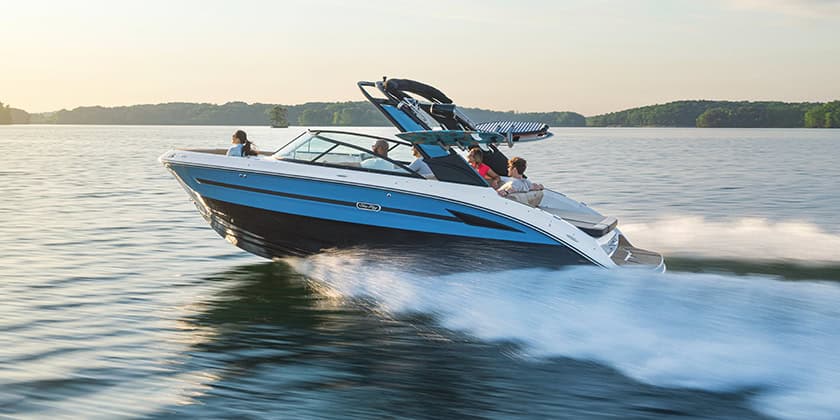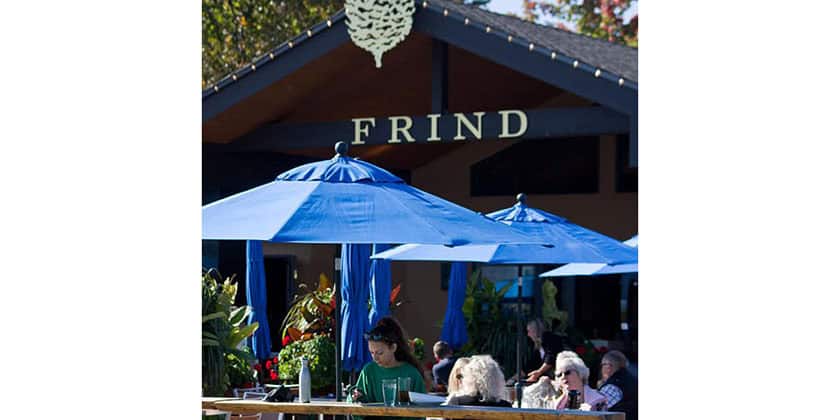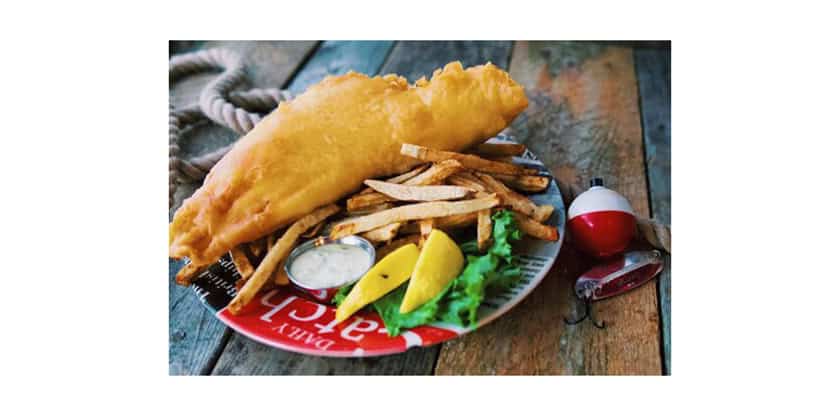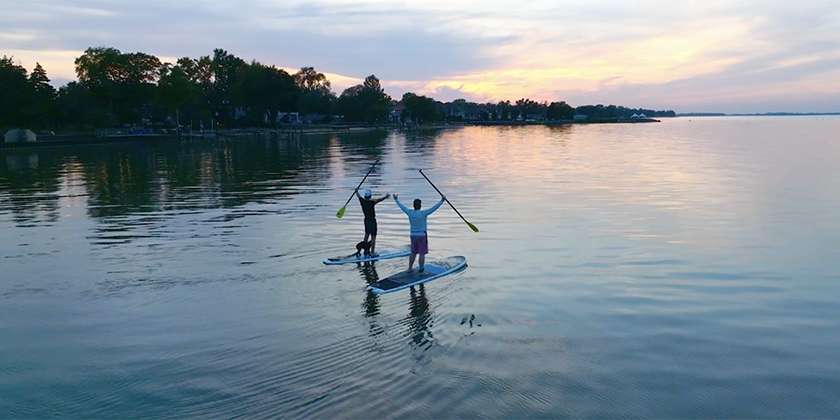Hunter 29.5
 By Steve Killing
By Steve Killing
When I select boats for my column each issue, I try to gather those which have a distinctly Canadian flavour, either in design, construction or ownership. Even though the Canadian content of the new Hunter 29.5 could be considered small, I have to admit a personal interest—the head of the design team is fellow Canadian, good friend (and occasional CY contributor) Rob Mazza.
He has been working with Hunter in Florida for more than two years and his contributions to the development of this design have been significant. Mazza’s style has adapted to his new environment, although he admits, when designing production boats (whether with C&C Yachts, Mark Ellis Design or Hunter) the process excitement and, yes, even the problems are much the same. The most visible difference is more space inside this boat. I suspect, it’s more economical to build than those designed in his C&C days. The interior has as much air as it has furniture. Leaving out the chart table, minimizing bulkheads and not enclosing the forward berth, were conscious decisions to keep the interior bright. The forward layout reminds me of the old C&C 24 designed in 1975 with a U-shaped settee which backs right against the forward berth. It is a layout I have always liked—terrific for sitting around the table of post-race snacks and chatting with those resting on the forward berth. The detriment is the lack of privacy for those in the forward compartment—a curtain being the only door they get. The designer’s comments boast of having “…allowed the wraparound settees to go right out to the hull sides, which maximized the table size and created a dining and lounging area rivaling only the cockpit in size. The dining table is large enough to serve as the nav station (chart storage is provided), and has easy access to both the standard VHF and electrical panel, both located in the overhead.” This detail indicates that Hunter has taken some lessons from aircraft interiors—a clever idea. The aft berth, set across the boat, will hold a full seven-and-a-half foot giant and another regular-sized mate. The large beam aft combined with a high cockpit floor gives generous clearance over the berth. The width below is reflected on deck as there is significant flair in the aft sections. The benefit is a huge cockpit, “larger than the cockpits in many 40-footers,” Mazza says, and a swim platform with room for an entire foot-ball team. Just forward of the helmsman is one end of the mainsheet (a 3:1 manual purchase). The other end is not fixed but travels forward to the mast and back to a winch on the house top. This allows adjustment from either position. Most of the time the helmsman can adjust the main without leaving the wheel.
This is the first fibreglass keel ballast arrangement that I have liked. There are those who favour external lead keels bolted firmly to the bottom of the hull and others who like a fibreglass keel with internal lead because there are no holes destroying the integrity of the hull. My usual argument against a glass-moulded keel with internal ballast is that, when (not if) the boat runs aground, the fibreglass gets damaged and is more difficult to repair than lead. More importantly, it water gets in between the lead and fibreglass and freezes in the winter, it can break the bond between the two and further damage the fibreglass. The Hunter 29.5 has added a new twist. A fibreglass keel is moulded as part of the hull and then an internal casting in set in place. A lead bulb/wing casting with a recess to accept the lower part of the fibreglass fin, is slipped on and bolted up through the fibreglass and internal ballast. The benefits of this arrangement are: a keel that comes from the hull-to-ballast joint that could flex or crack and a lead shoe to absorb the impact of grounding.
In a rare occurrence, both money and weight have been saved I a unique rudder shaft. The fibreglass shaft, shaped somewhat like a spruce two by six, is imbedded in the rudder and travels up through a circular bearing (it does need to turn after all) in the hull. Destructive testing of a prototype shaft confirmed that it is stronger, yet more than 100 pounds lighter than the stainless shaft it replaced.
Innovation continues in the rig with the elimination of the backstay by using swept-back spreaders and a lot of tension in the main shrouds which stretch from the deck to the intersection of the forestay and the mast. The sail area has been concentrated in the mainsail, and without a backstay to get in the way, the roach has gone wild. The extra roach area gained in the mainsail has been taken out of the headsail, leaving a small easily tacked jib. An asymmetrical spinnaker, very efficient for reaching but not so sparkling on a run, is set from a retractable pole.
For those of you who think all new boats are the same, take a look at this Hunter—it is full of sensible solutions to some very old problems.
Originally published in Canadian Yachting’s May 1994 issue.
Specifications
LOA 29 ft. 6 in.
Beam 10 ft .6 in.
Draft 4 ft.
Ballast 2,400 lbs.
Weight 7,000 lbs.
Sail Area 398 sq ft.






















